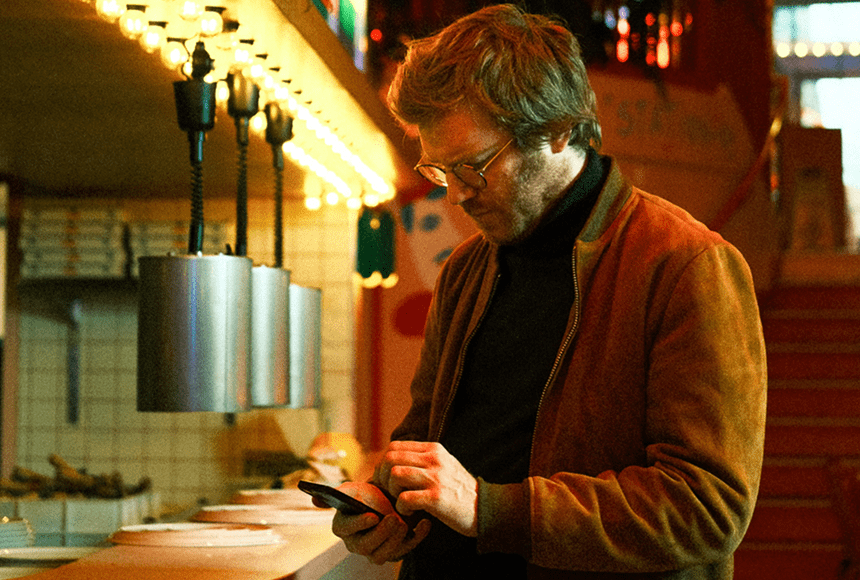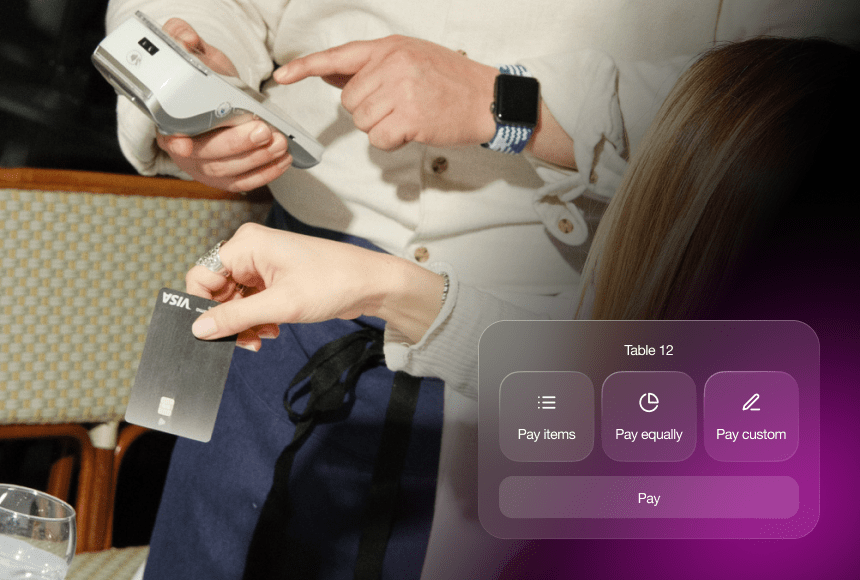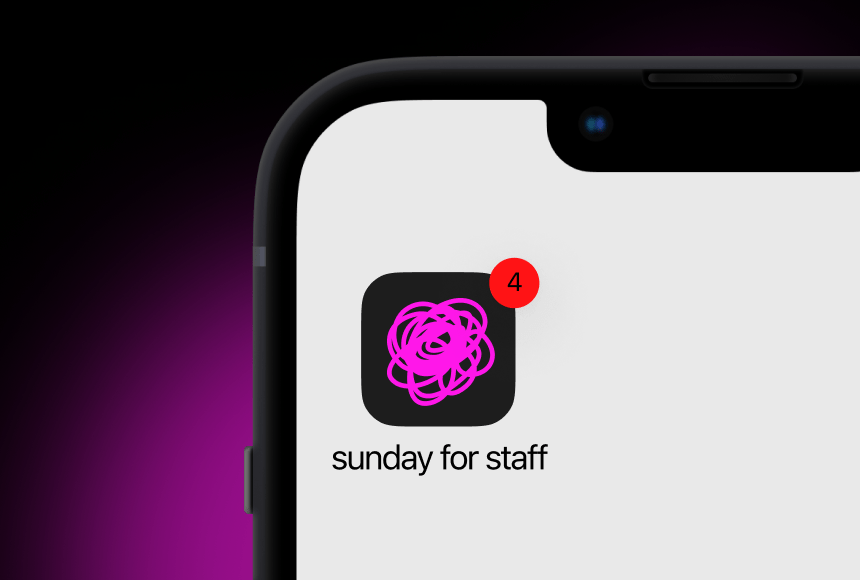
Making Every Customer Comment Count in Your Restaurant
Why Online Reputation Matters Now More Than Ever
Imagine you’re strolling through a lively street in London, searching for a spot to enjoy lunch. You see a promising restaurant facade, but before stepping inside, you quickly check its online ratings. Sound familiar? This is the power of online reputation in action. Every restaurant, from the smallest bistro to the most sophisticated establishment, lives and dies by word-of-mouth — and in our digital age, that “word-of-mouth” is largely driven by online reviews.
In the UK, consumers trust other diners’ opinions more than almost any form of traditional advertising. According to the BrightLocal 2023 Local Consumer Review Survey, 76% of consumers “regularly” read local business reviews before committing to a purchase decision. This means your restaurant’s online presence is often the first impression potential guests have of you. If that impression is less than stellar, or if it doesn’t exist at all, you’re missing out on a substantial number of potential customers.
But how can you harness the power of online reputation effectively? The truth is that every single review — from a five-star rave to a frustrated one-star critique — can be transformed into a marketing lever. The secret is a consistent strategy that focuses on harnessing customer feedback, responding in an authentic way, and using that customer input to strengthen your restaurant’s identity.
Understanding the Core of Guest Feedback
Reviews usually reflect genuine experiences. When a guest leaves feedback, they’re telling the world about the atmosphere, the taste of your dishes, the service quality, and sometimes even the background music. Essentially, they’re sharing their story of a moment in your establishment. It’s a garnish of real-life proof that your restaurant is worth a visit — or needs some improvements.
Whether the feedback is glowing or glaring, it highlights an element that sets the tone of the diner’s experience. By knowing how to respond, you demonstrate transparency, care, and the willingness to turn each comment into a meaningful exchange. This builds trust with future visitors who want to see that you stand behind your offerings and genuinely value your patrons.
Transforming Negative Reviews into Positive Opportunities
You might dread the possibility of a negative Google review, but it can actually be a golden opportunity. While no one likes to deal with criticism, responding professionally shows that you respect your customers’ opinions, even if they’re unflattering. Consider negative feedback as a kind of “heat check” on your performance. If the diner points out a slow service or a dish that arrived at the wrong temperature, you can address it head-on. This not only displays accountability but also underscores your commitment to improvement.
- Respond quickly: Don’t wait days to acknowledge the complaint. A prompt answer shows you value their feedback.
- Stay composed: Even if you disagree, keep your tone calm and factual. Defensiveness only escalates the tension.
- Offer solutions: What can you offer to rectify the experience? A personal invitation for a return visit, a complimentary dish, or a phone conversation to resolve matters can go a long way.
When future potential guests scan your reviews, they’ll see the way you dealt with an issue. This can actually instil greater trust than having zero negative feedback at all. After all, every restaurant encounters hiccups — the key is how you handle them.
Showcasing Authentic Gratitude for Positive Reviews
Positive feedback might seem easier to handle, but it’s also an area where you can do more than just say “thank you.” You want to encourage those happy customers to come back, bring friends, or talk about you within their social circles. A personalised reply — mentioning the specific dish they enjoyed or the server who provided excellent service — communicates how much you value their praise. It also gives potential guests a taste of the genuine hospitality you deliver.
Many restaurants simply let the positive comments flow in without ever replying. That’s a missed opportunity. A short, warm, and authentic response acknowledging exactly what the guest appreciated can turn a single review into a lasting relationship. And if you can subtly mention a new dish, a seasonal special, or an upcoming event in your thank-you note, you might spark even more enthusiasm.
Encouraging More Reviews in an Ethical Way
Some restaurant owners feel uncomfortable asking for reviews, worrying it might come across as desperate or pushy. But asking can be done in a way that feels natural and genuine. When a customer is happy with their experience, this is the ideal moment to invite them to share their thoughts. Make it easy for them to do so:
- Use direct links: Place QR codes on receipts or table tents, leading them to your preferred review platform.
- Provide subtle reminders: Train your staff to mention in passing, “It would mean a lot if you could share your feedback online.”
- Be honest and open: Remind customers that their reviews — whether positive or constructive — help you evolve and improve.
Ethical asking isn’t about fishing for praise; it’s about opening a channel of communication so future customers can benefit from those candid opinions. And best of all, you avoid the perception that you’re doing anything shady or manipulative.
Leveraging Technology to Simplify the Process
Many UK-based restaurateurs are discovering the potential of modern digital solutions to streamline operations and enhance customer satisfaction. That’s exactly where solutions like sunday step in. By using sunday’s payment platform, you can let your customers settle their bill easily by scanning a QR code. Once the payment is finalised, it’s straightforward to encourage tipping and invite guests to leave a Google review. This frictionless process feels more like a favour to the guest — they don’t have to wait for the server to bring the card machine, and they can share their thoughts in seconds.
In effect, every table visit ends on a convenient note, and your establishment benefits from a steady flow of online feedback. The result: more reviews and a smoother experience for diners. This synergy between quick payments and easy feedback is an excellent way to cement customer loyalty and ramp up your digital word-of-mouth marketing.
Data Speaks Volumes: Turning Reviews into Insights
Your online reputation isn’t just for show; it contains vital data for your restaurant’s future decisions. For instance, if guests consistently praise a certain pasta dish, that’s a positive sign you could expand that category on your menu. Alternatively, if multiple reviewers criticise the noise level, perhaps it’s time to rethink your interior acoustics or add sound-absorbing features.
Studies show the business impact of reviews can be significant. According to the Harvard Business Review, a one-star increase in Yelp’s ratings can correlate to a 5–9% jump in revenue for a restaurant. In other words, if you see a trend in your reviews, act on it. It isn’t just an abstract concept — it can directly influence your bottom line.
To make the best use of review data, consider creating an internal tracking system or use existing restaurant management software. Look for patterns and insights such as:
- Commonly praised dishes or menu items
- Frequent complaints related to staff or service
- Recurring comments about ambience or cleanliness
- Mentions of pricing or portion size
Over time, this organised knowledge will help you evolve. Plus, when you respond publicly to a review, you can let patrons know you’re making tangible improvements based on their commentary.
Shaping Powerful Word-of-Mouth Campaigns
If you consider each review a little story told about your restaurant, the sum of these stories forms a narrative that potential guests read. Word-of-mouth has always been the backbone of a restaurant’s success, but with digital reviews, it becomes trackable. You can reach more people faster, across different parts of the UK, and even the world.
Encourage your satisfied diners to share their experiences on social media platforms or community forums. Small gestures can help here: a hashtag on your menu, an Instagrammable corner in your restaurant, or even a quick mention from your staff, “We love seeing customer pictures on Instagram.”
When these endorsements make their way online, you’re essentially deploying a free marketing campaign. Future guests see images, read heartfelt testimonials, and feel a connection before even stepping foot in your dining room. This is the foundation of a powerful reputation that precedes you.
Handling Mixed Feedback Constructively
Sometimes, you’ll run across reviews that aren’t purely positive or negative. Perhaps a diner adored the main course but felt lukewarm about the dessert selection. Embrace these “mixed” reviews as well. They’re usually quite honest, describing where you excel and where you have room to grow. Responding to them is an easy way to showcase nuance and attentiveness. You can thank them for the compliments while acknowledging the areas you’ll work on improving.
This balanced perspective can do wonders for building trust. When potential customers see that you’re transparent enough to accept partial criticism and highlight success in other areas, they intuitively sense that your restaurant values authenticity over sugar-coating. That sense of integrity may be the deciding factor when they’re choosing where to dine.
From Review Stacks to Visible Restaurant Improvements
You’ve probably noticed how satisfying it can be to tick things off a to-do list. You can treat your collective online feedback in a similar way by transforming it into a tangible checklist for improving your overall operations. For instance, if numerous visitors mention that your staff could be more attentive during peak hours, consider this a call for better shift scheduling and training. If you see that a group of reviewers keeps raving about your Sunday roast, you might capitalise on that by creating a special Sunday roast menu or a loyalty scheme that highlights this popular dish.
| Challenge | Possible Action Steps |
|---|---|
| Slow Service | Review staff scheduling, add digital ordering/payment solutions like sunday |
| Limited Menu Appeal | Track most popular items, develop new dishes based on feedback |
| Ambience Issues | Revamp décor, adjust layout, consider music and lighting |
| Mixed Experience | Respond individually, offer incentives to return and try improvements |
This type of systematic approach ensures that “every review” truly becomes a lever to enhance your quality, customer satisfaction, and ultimately your marketing edge. By consistently evolving based on real feedback, your restaurant gains an authentic reputation for listening — and delivering.
Bolstering Team Spirit with Consistent Feedback Integration
Your workforce is the heart of your establishment. Chefs, servers, hosts, and bar staff all play a part in the quality of each customer experience. Bringing the team on board with your online reputation strategy fosters a sense of ownership. Share both good and bad online feedback in team meetings, praising them for wins and working collaboratively on solutions for shortcomings.
When your team feels connected to the feedback process, they become ambassadors of your restaurant’s brand. They’ll proactively seek ways to improve service and ensure that each new diner has an experience worth sharing. Over time, this upward cycle of continuous improvement will push your online ratings higher and build your brand’s authority in the local dining scene.
Moving Forward with a Solid Online Reputation Strategy
There’s no question that managing online reviews can be time-consuming, especially when juggling the countless responsibilities of running a restaurant. Yet it’s a core aspect of modern restaurant management. By tackling feedback promptly and effectively, you shape your restaurant’s storyline and transform each experience into a marketing opportunity.
Here’s a quick summary of the linchpins of an effective reputation strategy:
- Proactive monitoring: Regularly check review platforms for new comments.
- Timely responses: Whether feedback is positive or negative, respond calmly and sincerely.
- Integrated improvements: Use consistent issues or suggestions as data for operational enhancements.
- Seamless payment & review system: Incorporate tools like sunday to make reviewing effortless for customers.
- Team collaboration: Share feedback with your staff and celebrate achievements to keep morale high.
Each piece of feedback weaves into the tapestry of your restaurant’s brand and culture. Treating these reviews like precious ingredients is what helps you stand out in a market brimming with options. By being proactive, open, and resourceful, you’ll turn every comment into a stepping stone for growth.
In an industry that demands impeccable customer service, honest feedback can be your best friend. Master the art of guiding reviews into constructive dialogue, and you’ll bring more diners through your doors, strengthen your marketing impact, and nurture a winning dining experience that truly speaks for itself.
Find out more today
Drop us your details below and we’ll reach out within the next 24
Get the full, detailed picture.
sunday elevates your business with insightful data, instant feedback and precise analytics.




